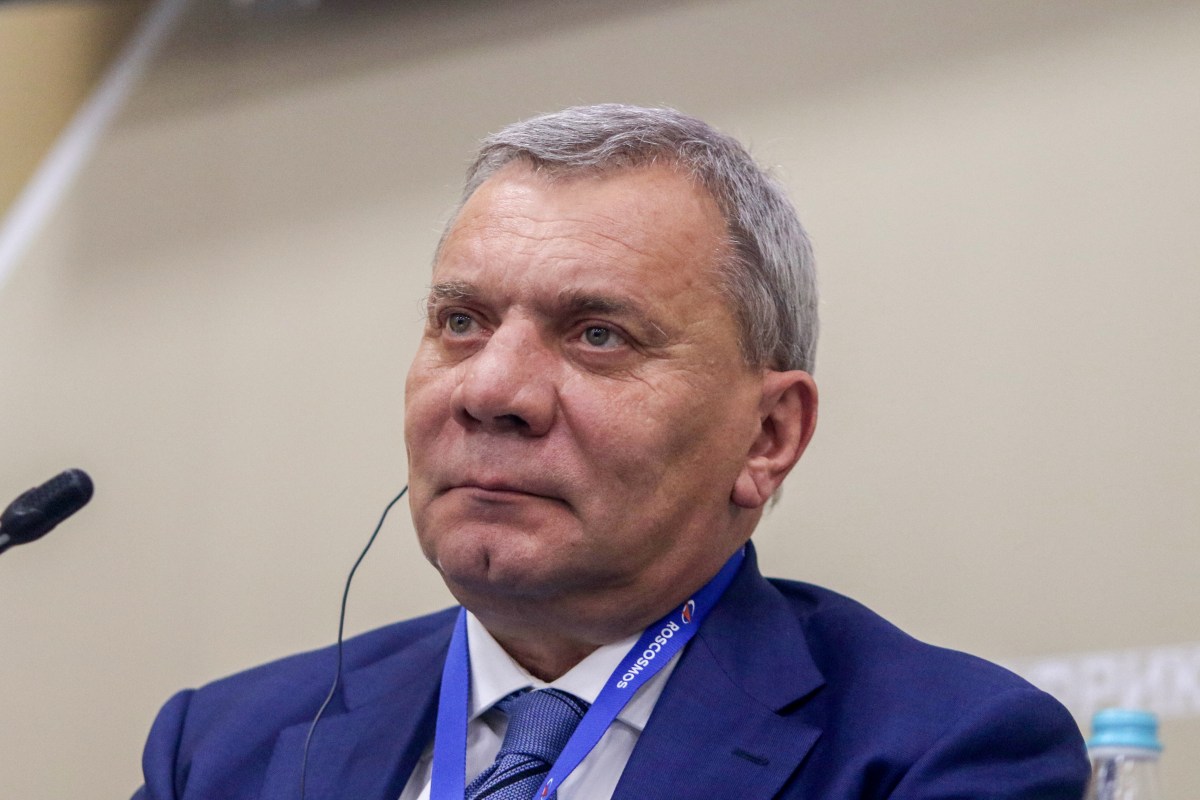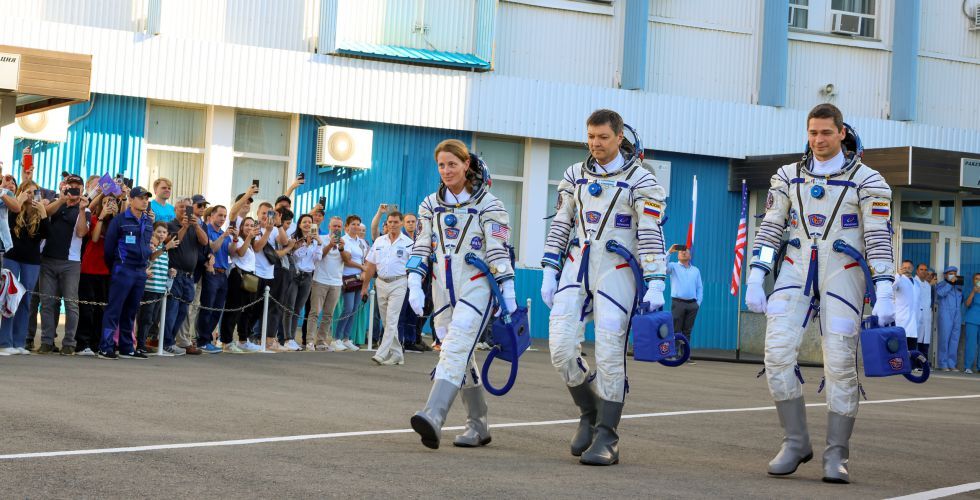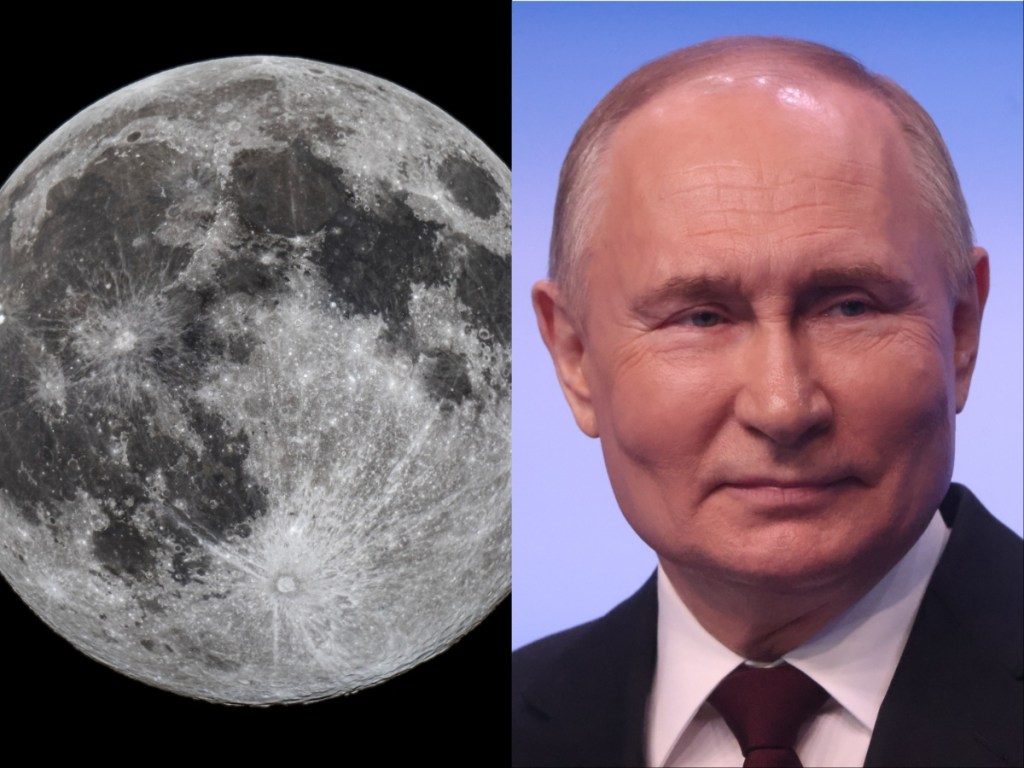Vladimir Putin, who in the last 24 hours was ‘re-elected’ for a fifth time, making him the country’s longest-serving leader in more than 200 years, says he wants to put a nuclear reactor on the moon by 2035. And he wants to do it with China’s help.
According to Russian state news agency TASS, Putin addressed government officials last week and said building a nuclear power unit in space was a Russian priority.
“We need to finance it on time,” Putin said. “We just need to set priorities … there are issues there that require additional attention.
“It seems that we are all used to the fact that we have such competencies that other countries do not possess, but we need to pay special attention to them so that they develop and can be used in the future to solve those tasks that can and should be solved with the help of these technologies.”
While Putin sounded like he was trying to reach the word count of an English essay, Yury Borisov, head of Russian space agency Roscosmos, put it a little more succinctly.
Speaking at the World Youth Festival earlier this month, he announced plans for Russia and China to work together to install a nuclear reactor on the moon over a three-year period next decade.

“Today, we are seriously considering a project to deliver to the Moon and mount a power reactor there jointly with our Chinese partners somewhere between 2033 and 2035,” he said, according to TASS.
Borisov says such a mission would have to be completely automated, with the necessary technological solutions now almost ready for it, according to a press release from TASS.
Building a nuclear reactor on the Moon isn’t a new concept. NASA has its own plan to get a reactor up and running on the Moon in the early 2030s.
So why is everyone seemingly obsessed with making the Moon nuclear? It has a lot to do with the Moon’s day and night cycles. The Moon’s 14 days of continuous daylight during its day cycle are great for solar panels, but with the 14 days of light comes 14 days of night.
Nuclear energy on the moon would ensure consistent power, even during 14-day stretches of darkness, without needing to resort to batteries.

There are, of course, other reasons. Nuclear power is more energy-dense than solar power, which is essential, as physical square-metre space efficiency is such a luxury for any lunar construction. Plus, when it comes to long-term human habitation, the more sources of power the better, and a stable source of energy to power life support and daily operations is essential for any long-term habitat.
Nuclear power would also help with Moon mining, construction and transportation, and would advance our general understanding of the field. And while it promises a lot, it is not without its dangers. Radiation, waste management, weaponisation, lunar environmental damage, and continued long-term commitment to the project are all issues that will need to be addressed in the coming decade, if the plans come to fruition.
With NASA and Roscosmos both eyeing nuclear power on the Moon, and China aiming to get the first Chinese person on the lunar surface before 2030, Space Race 2.0 is just heating up.
Main image: Getty





